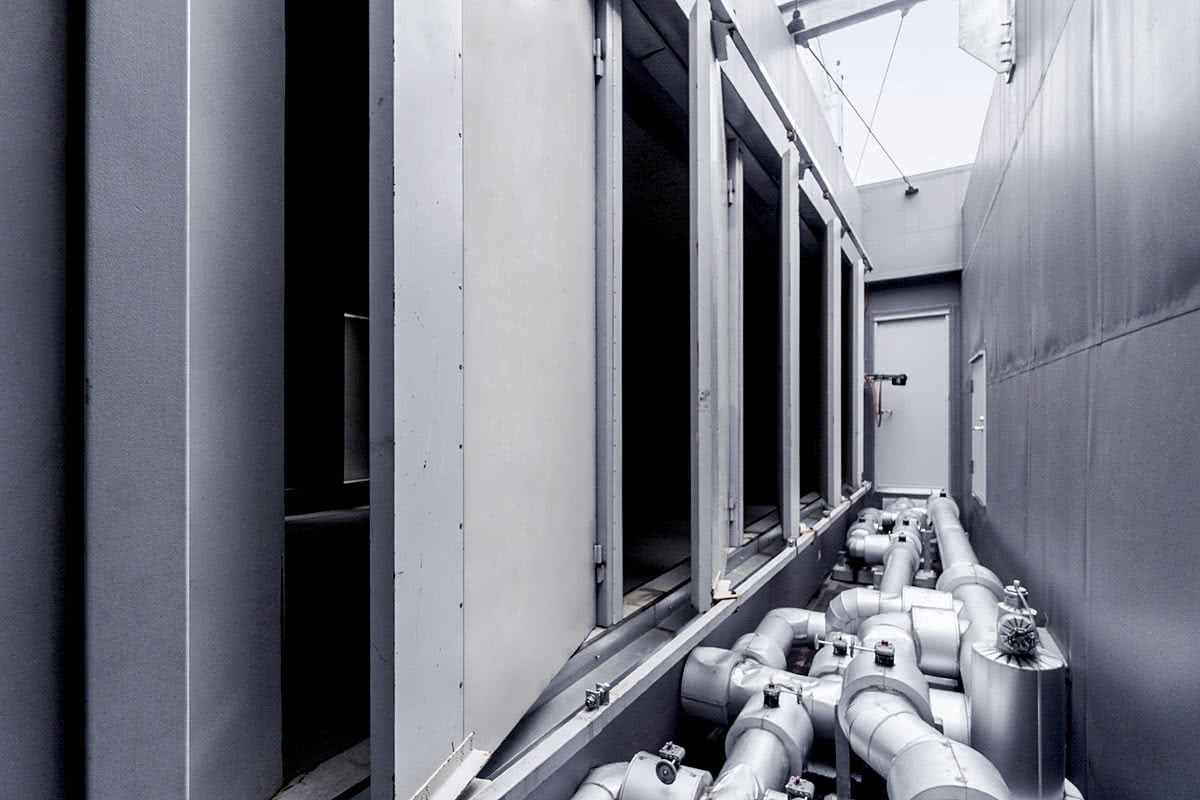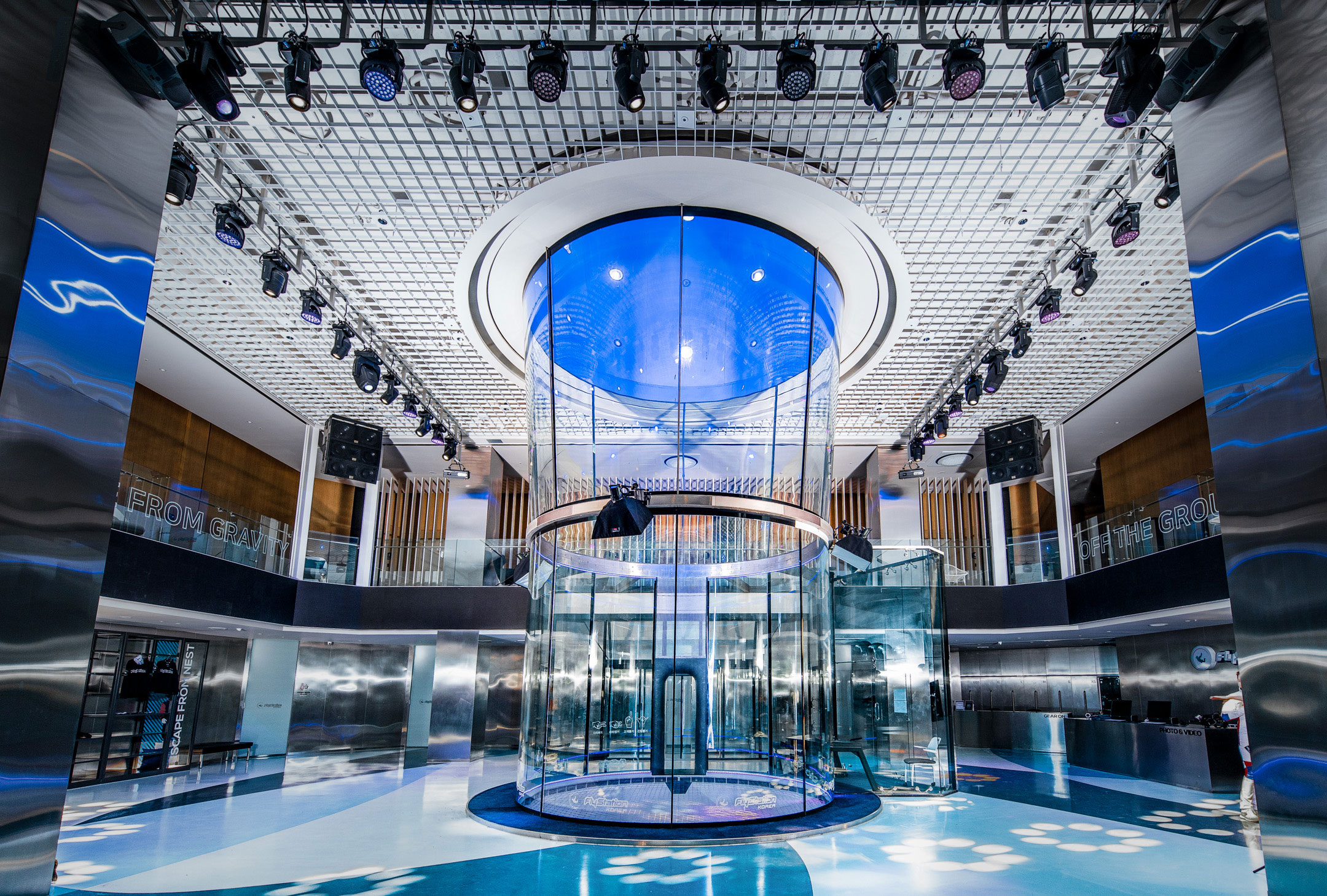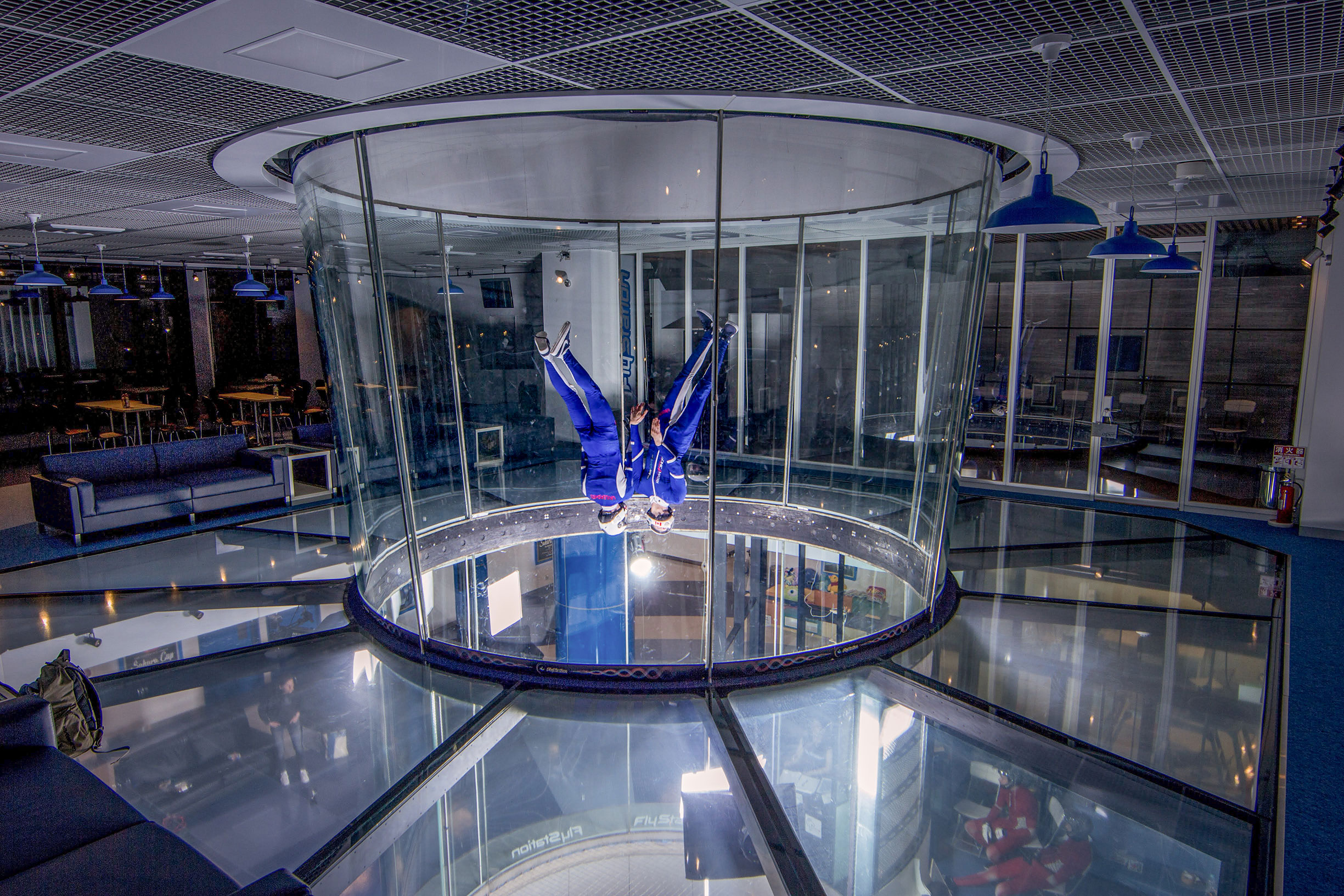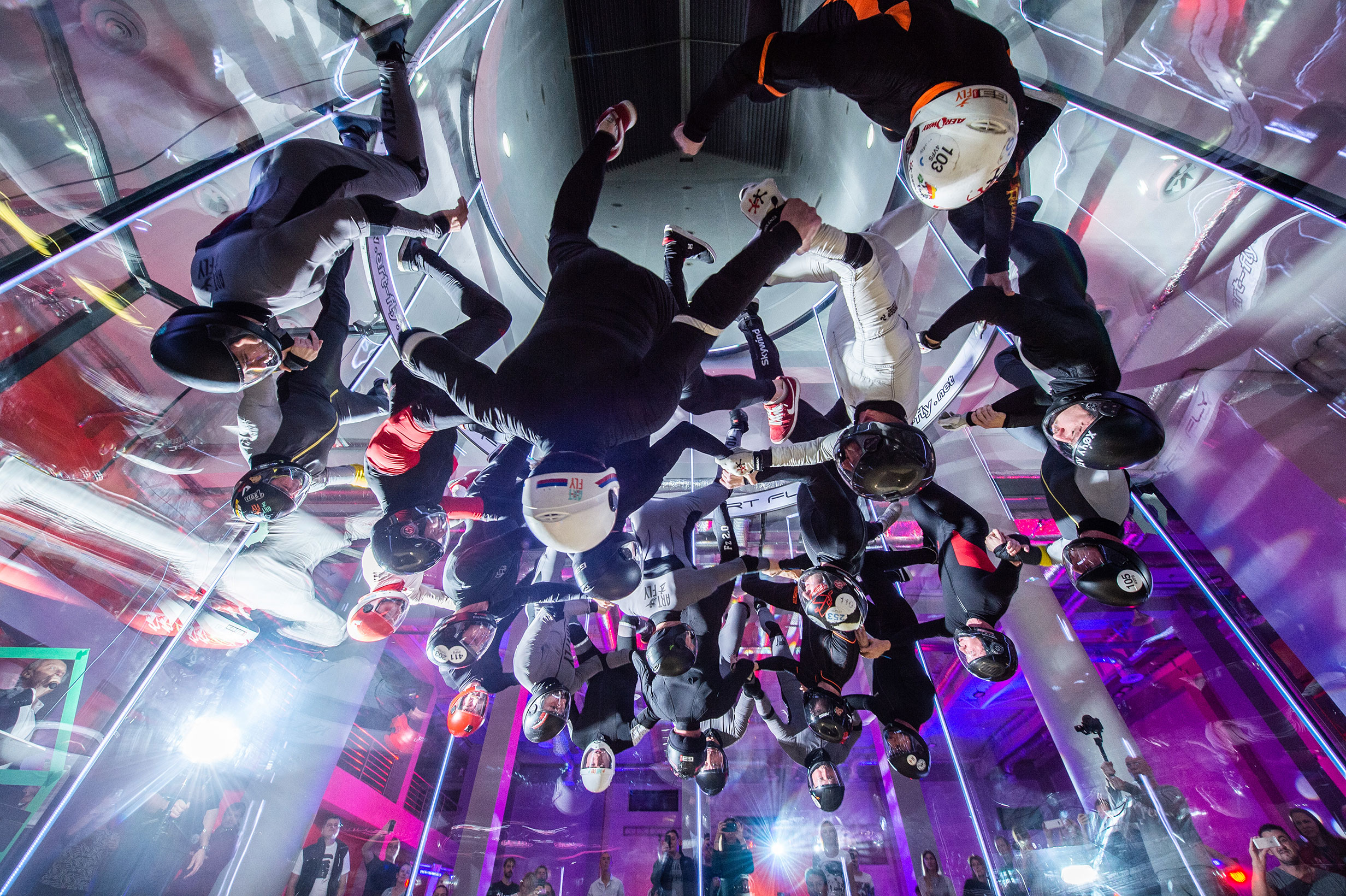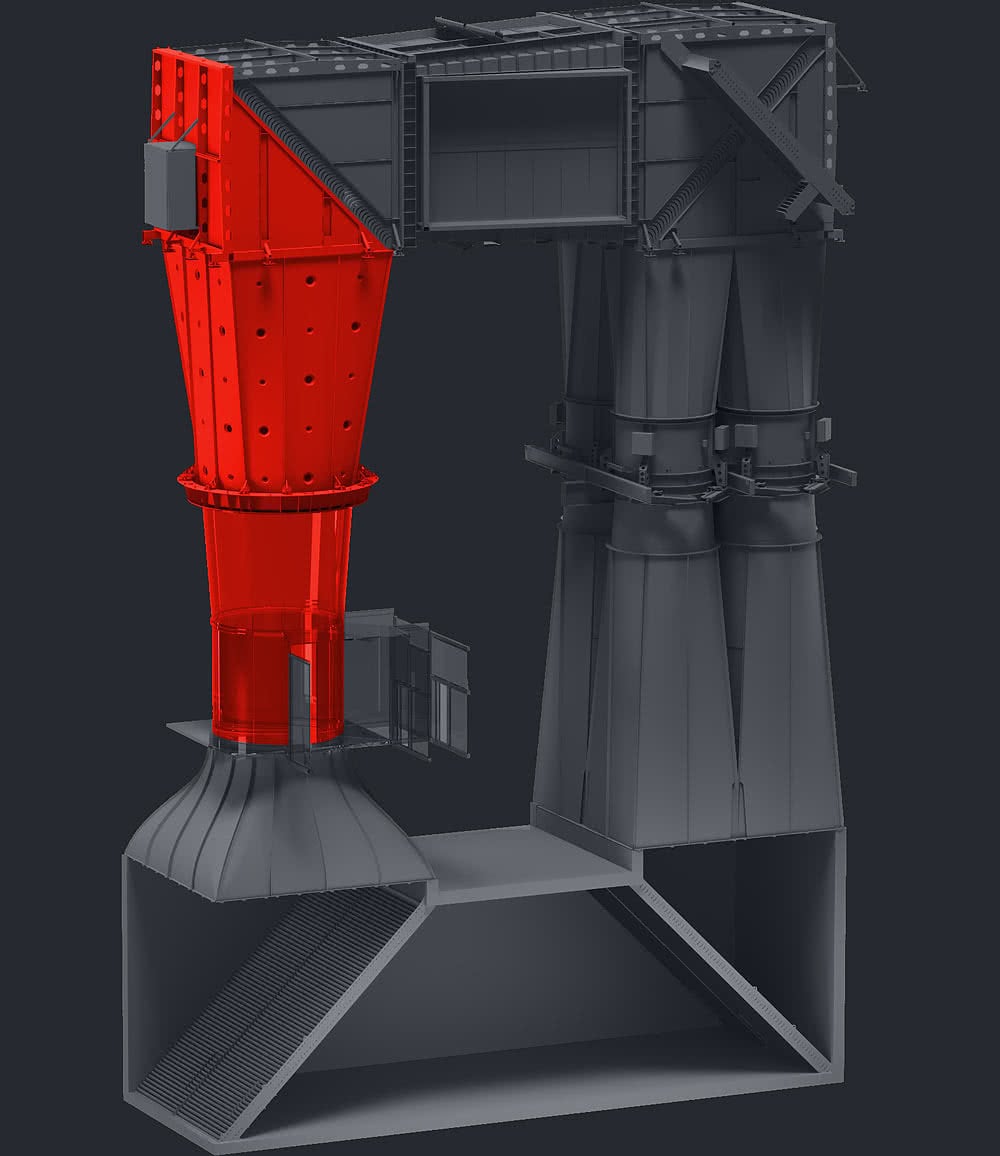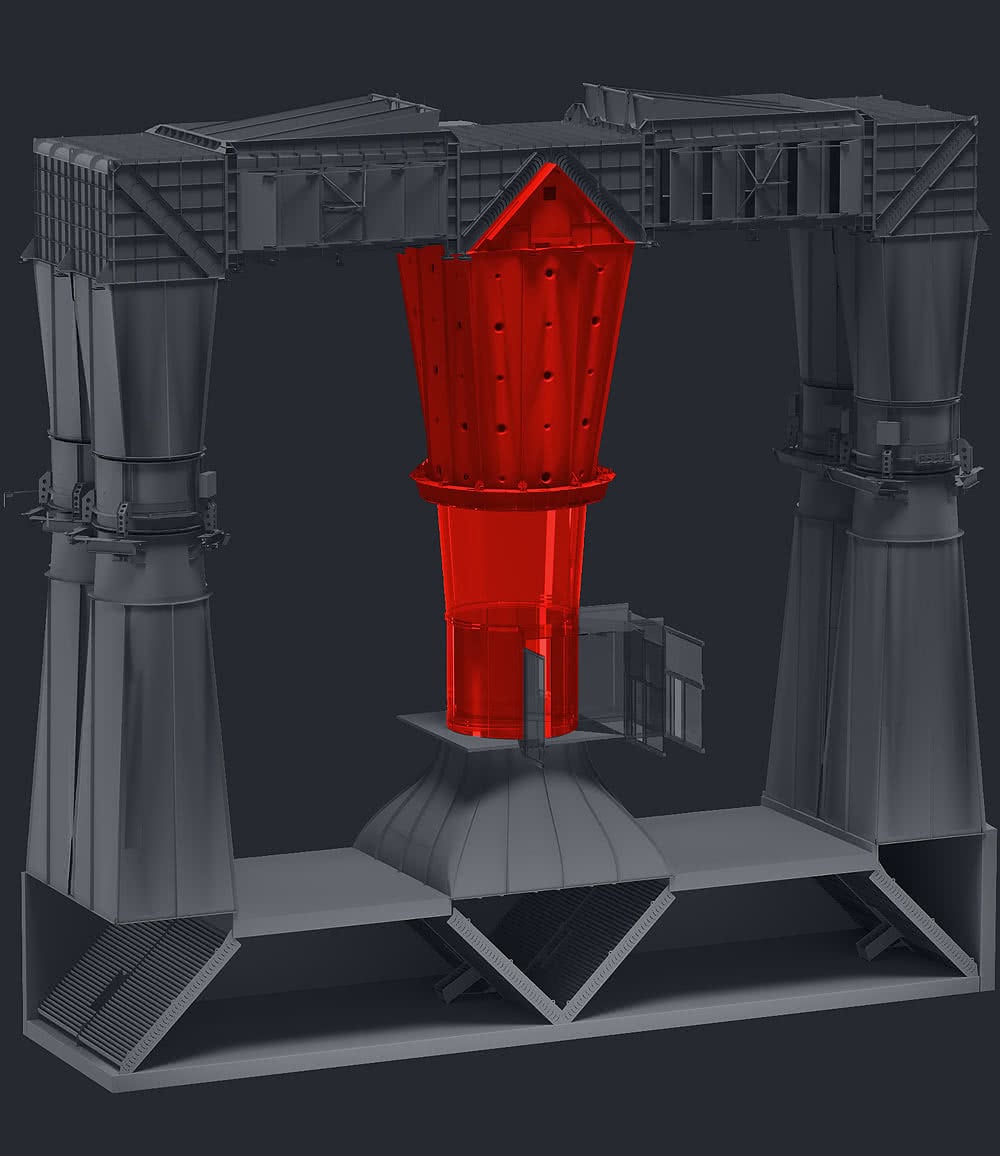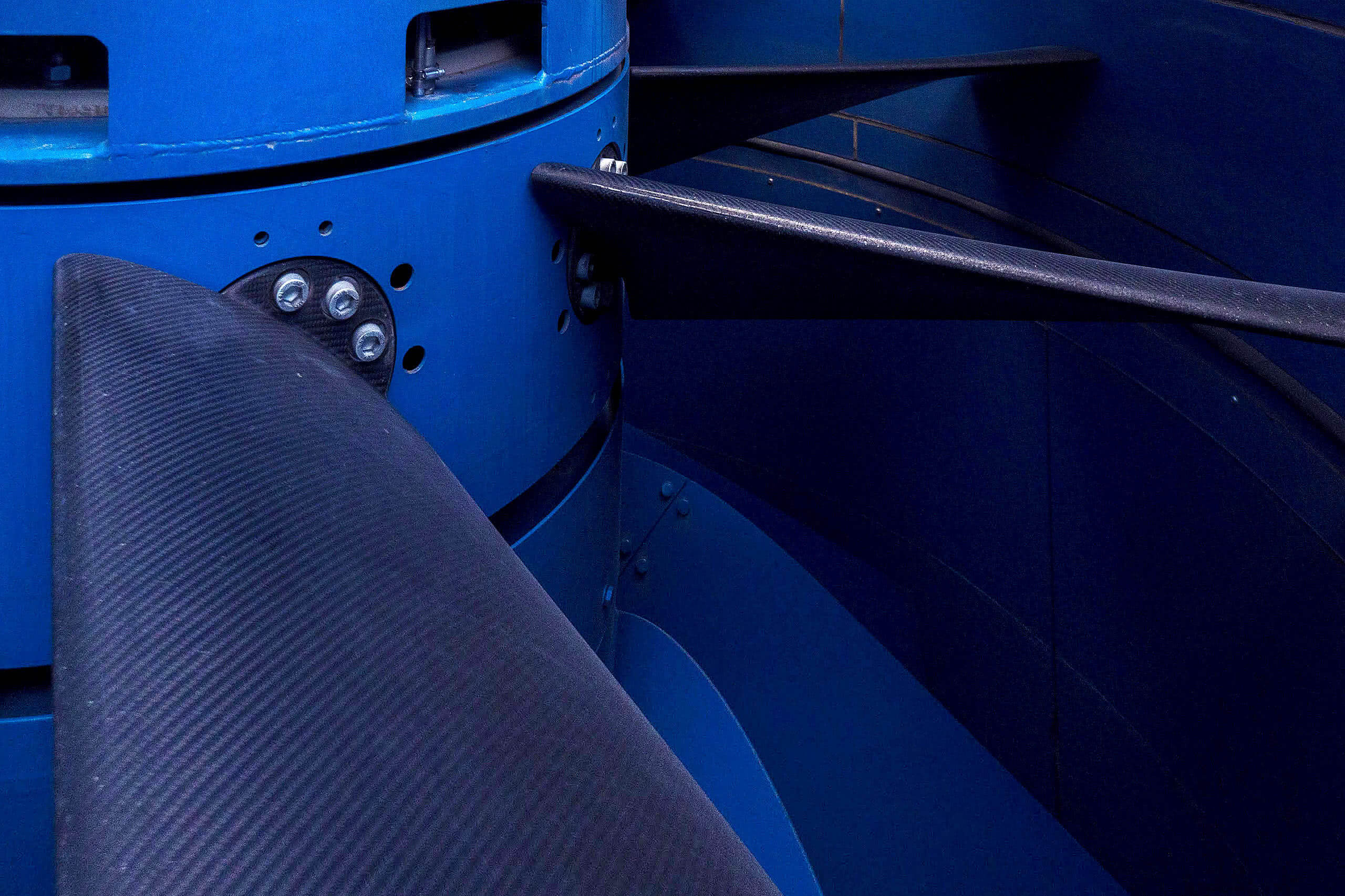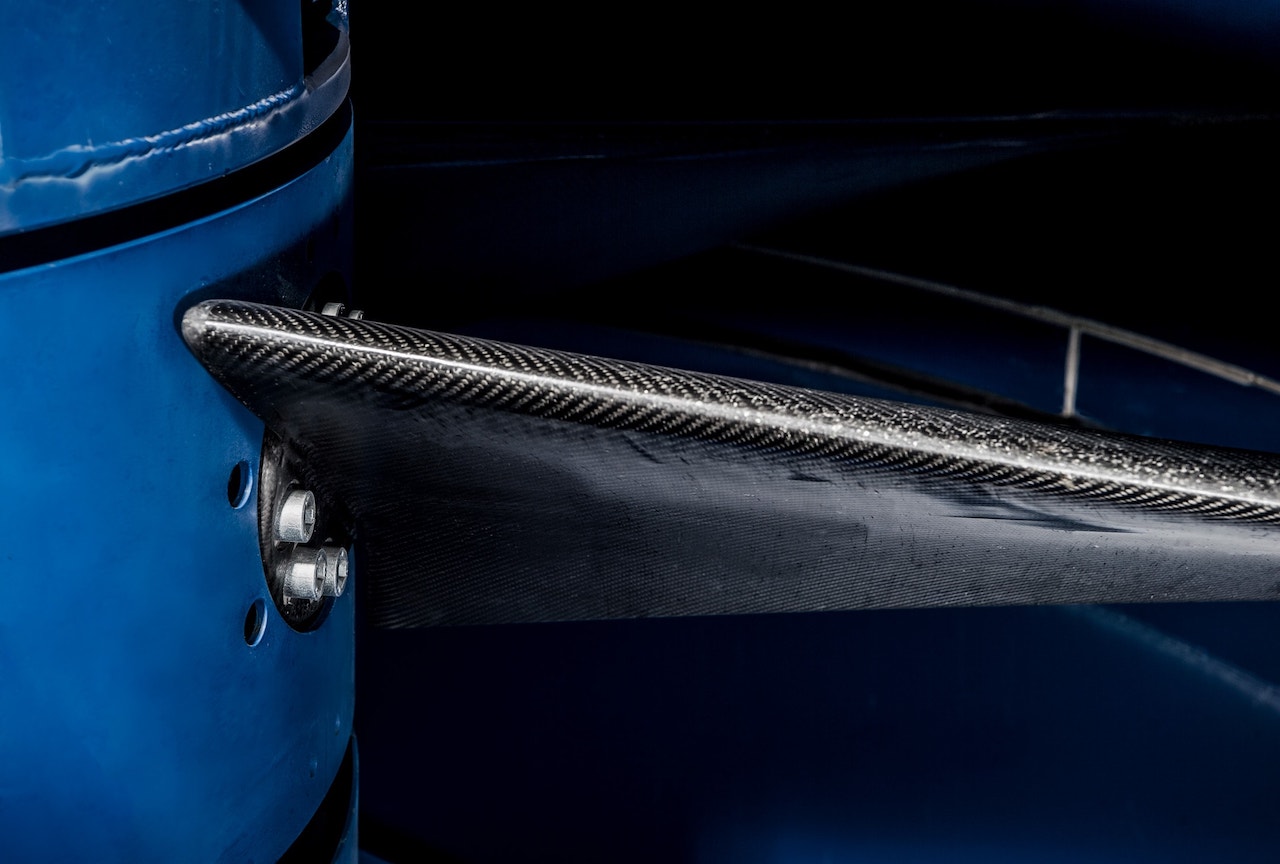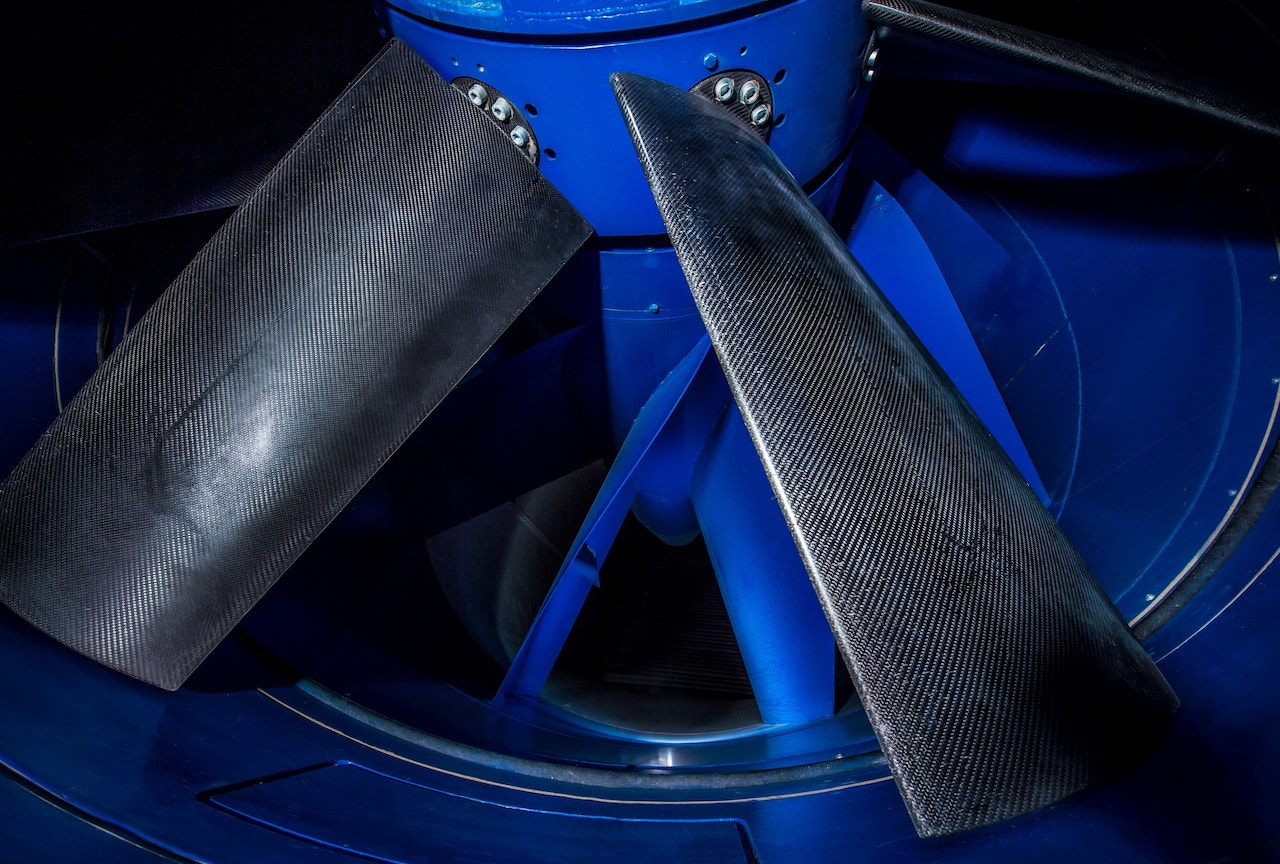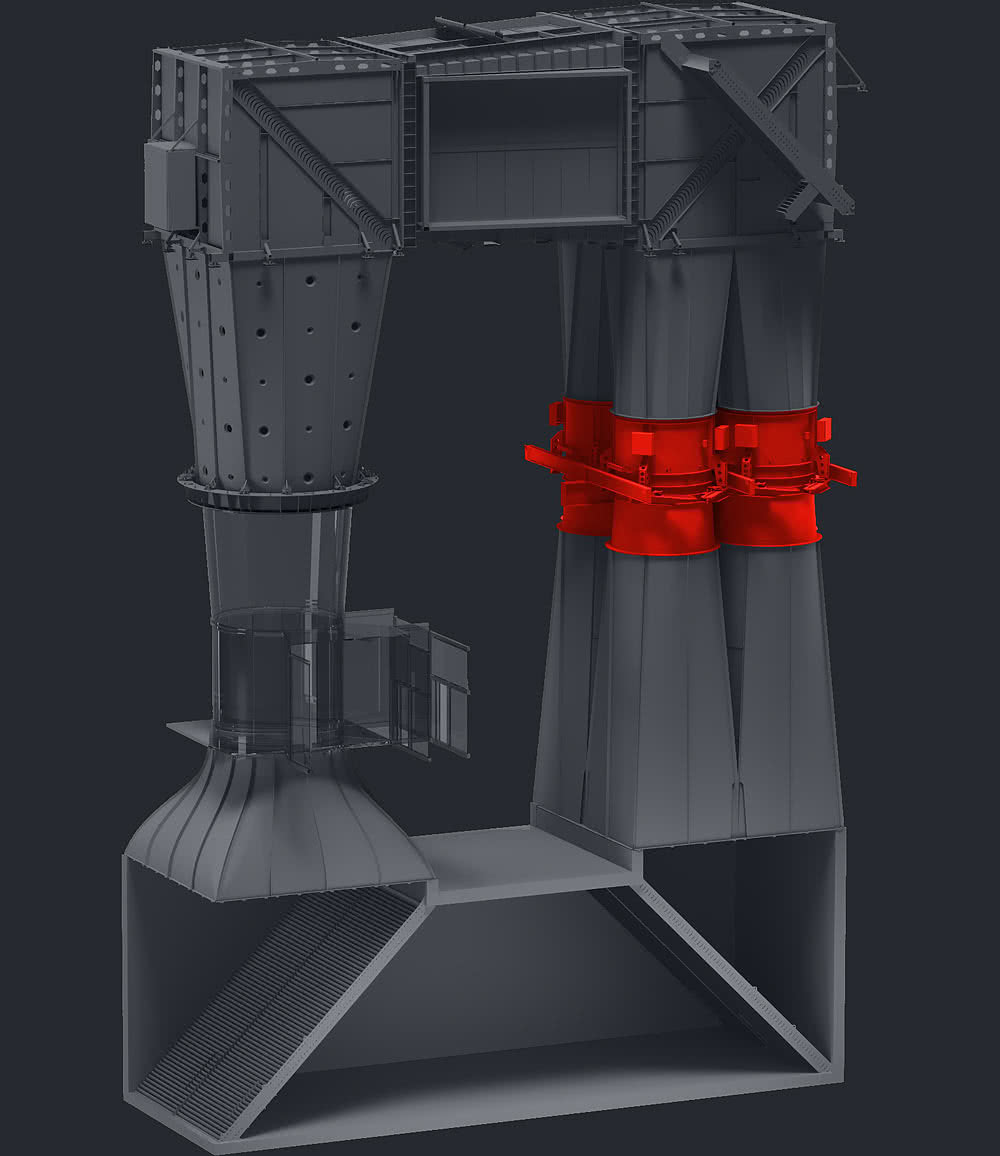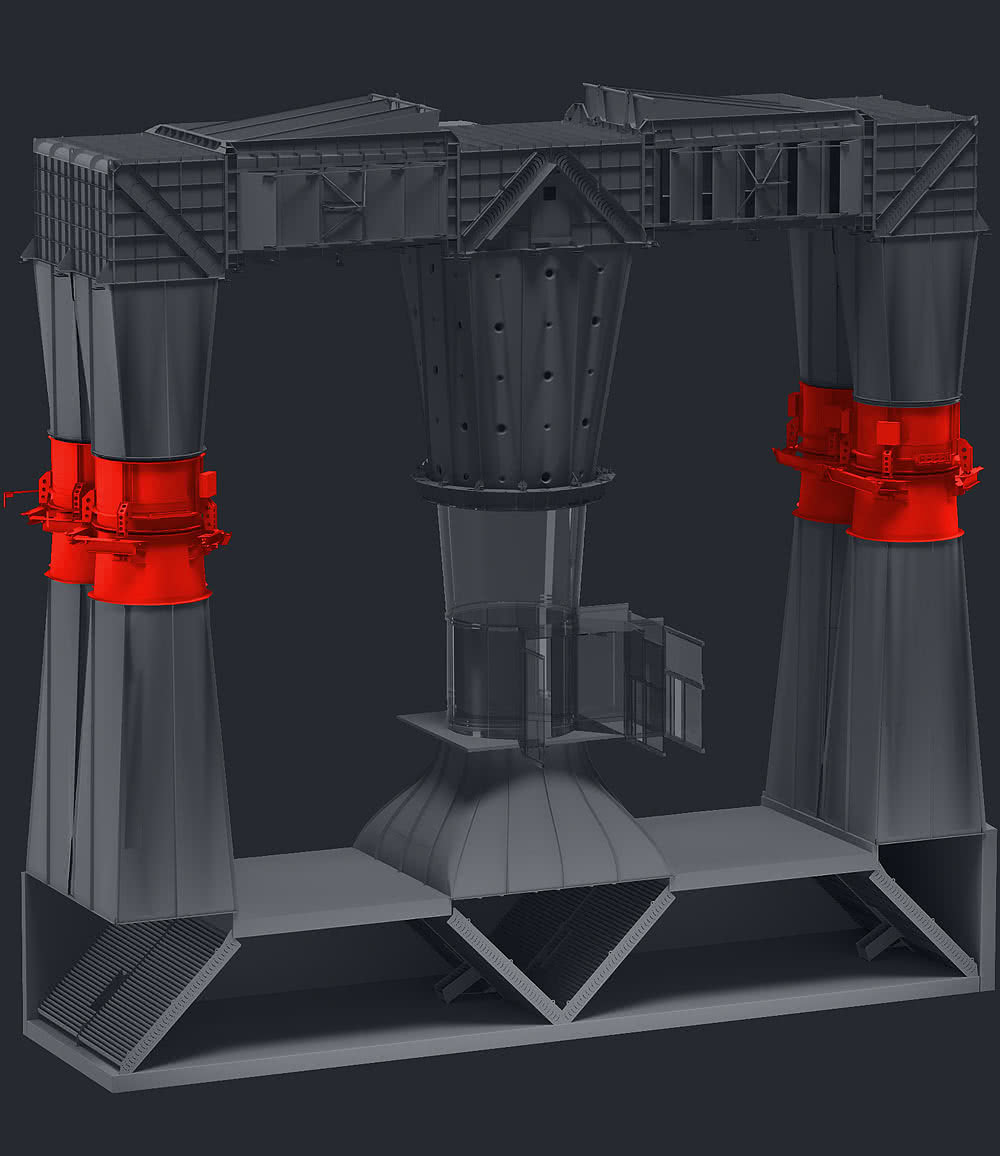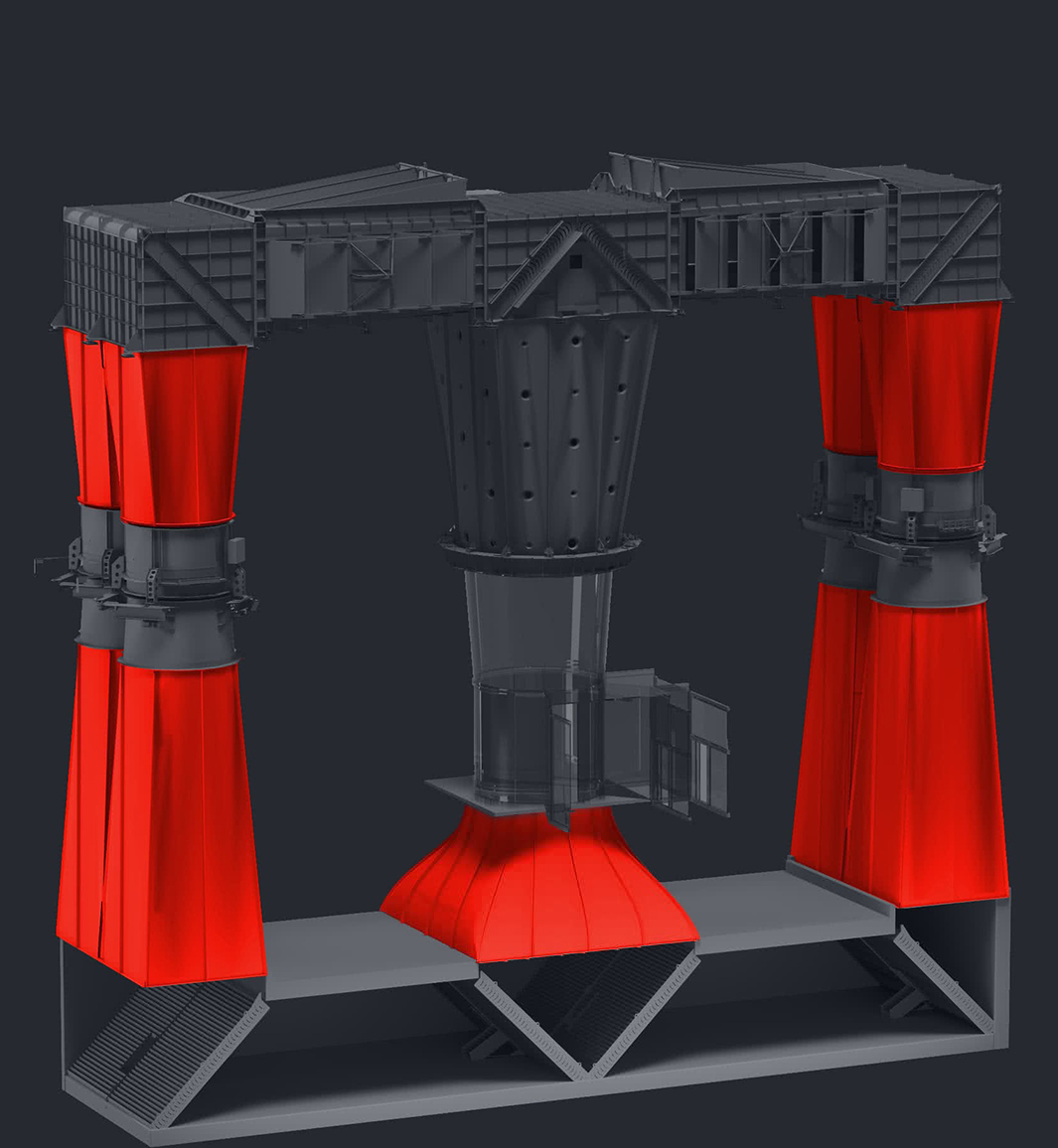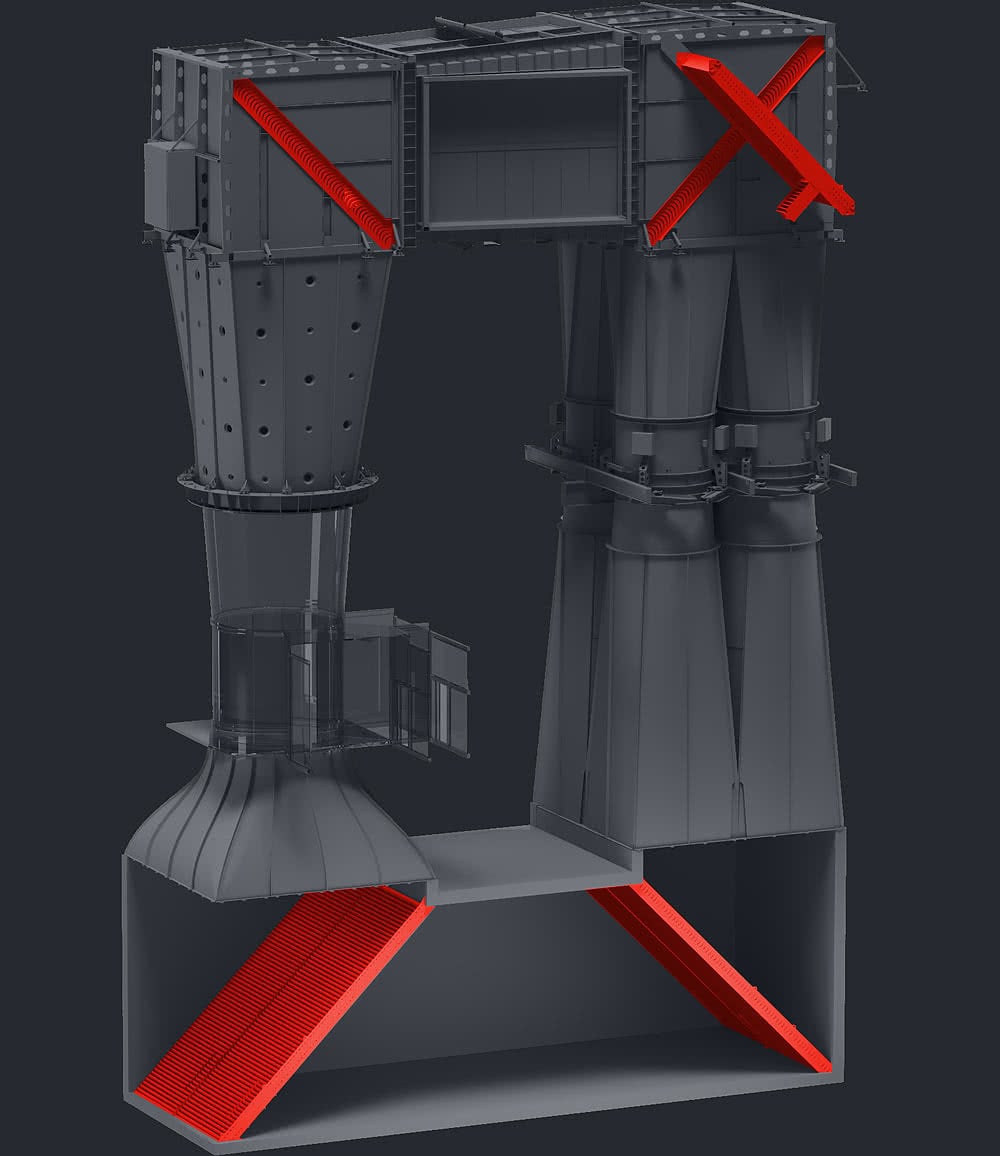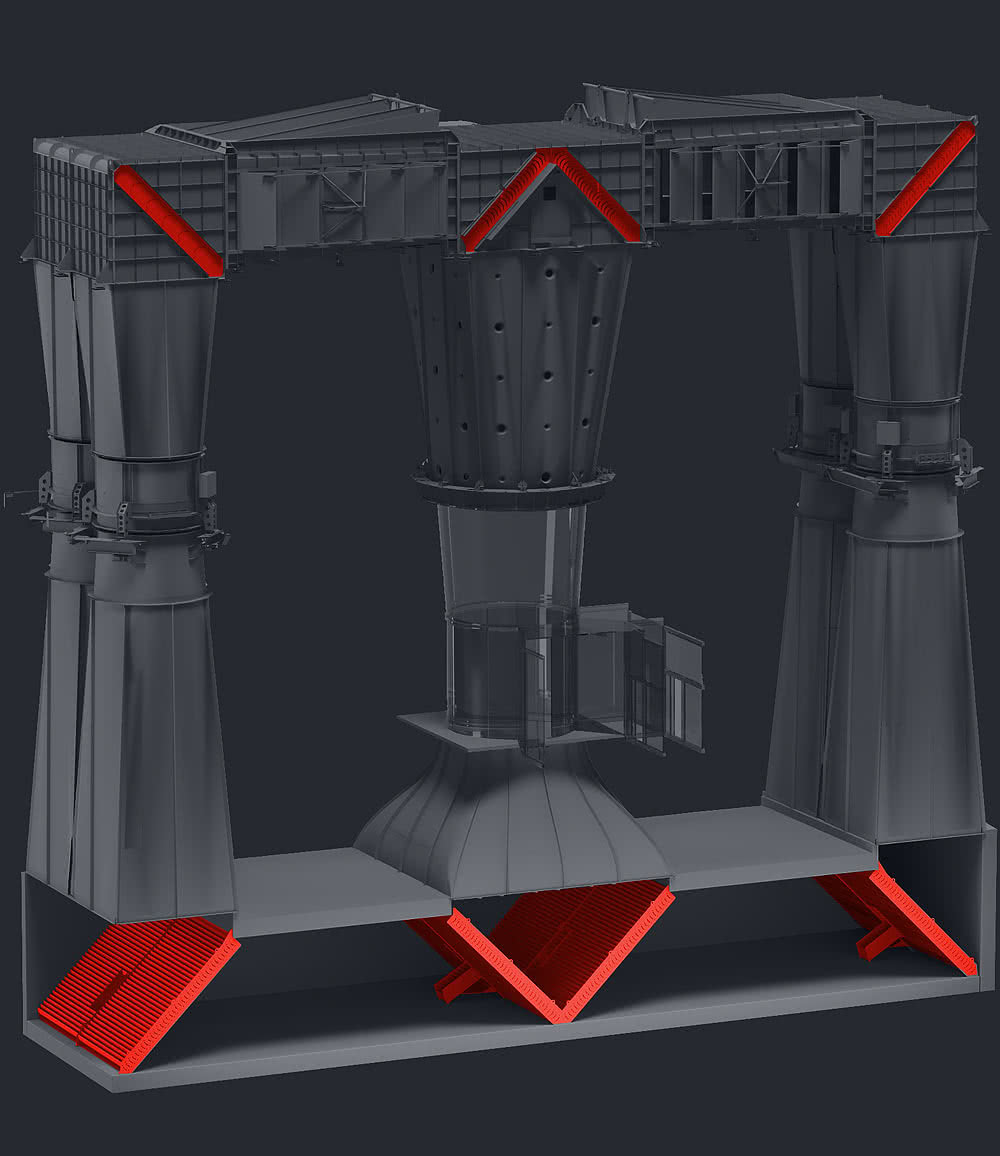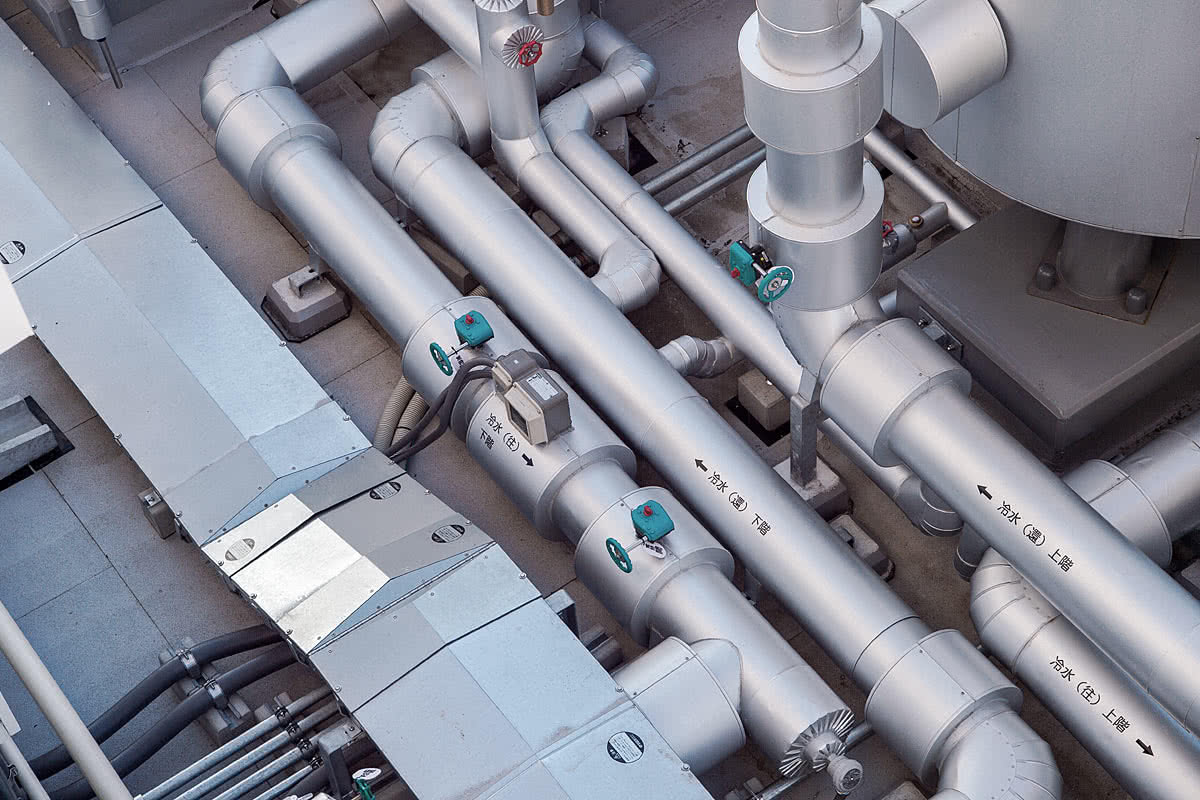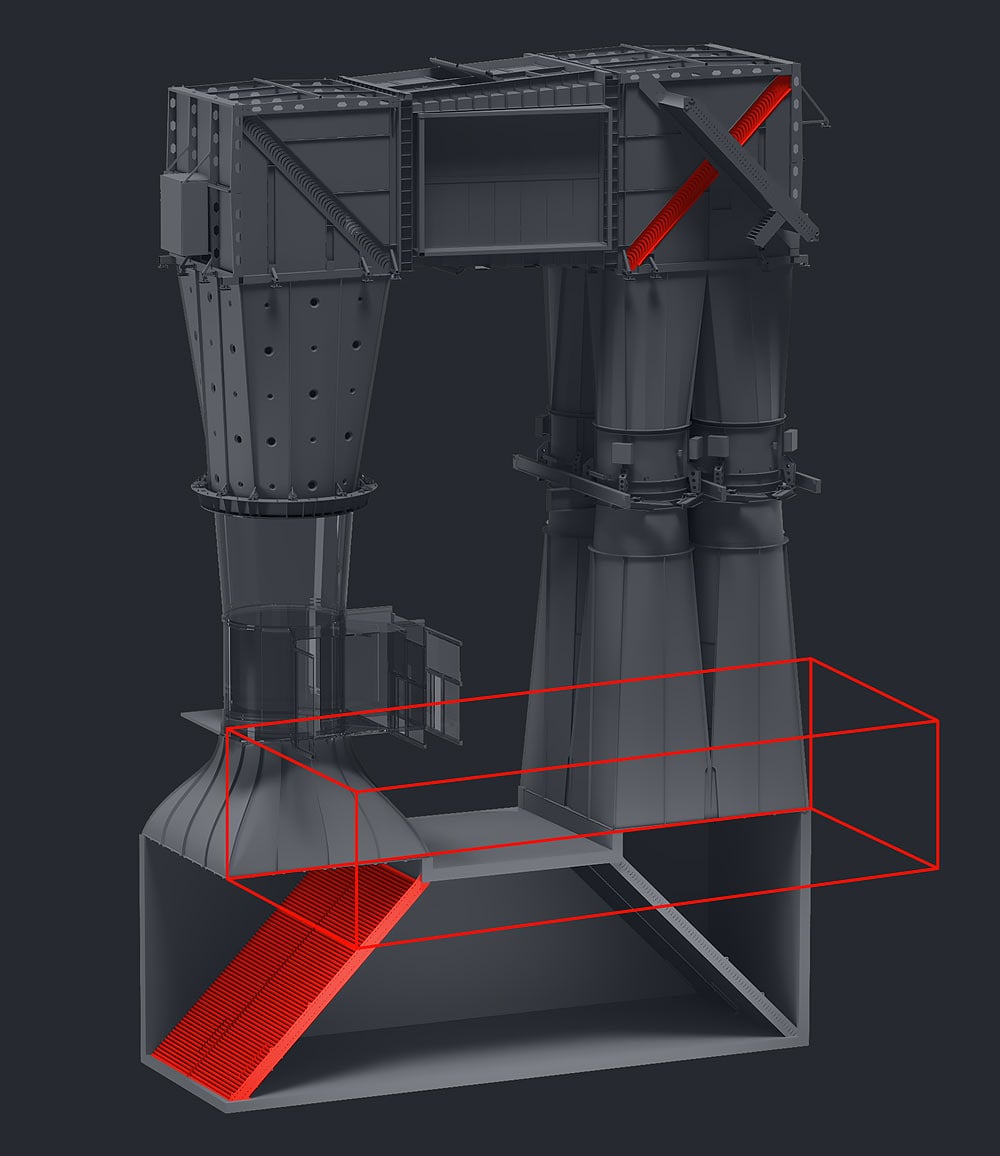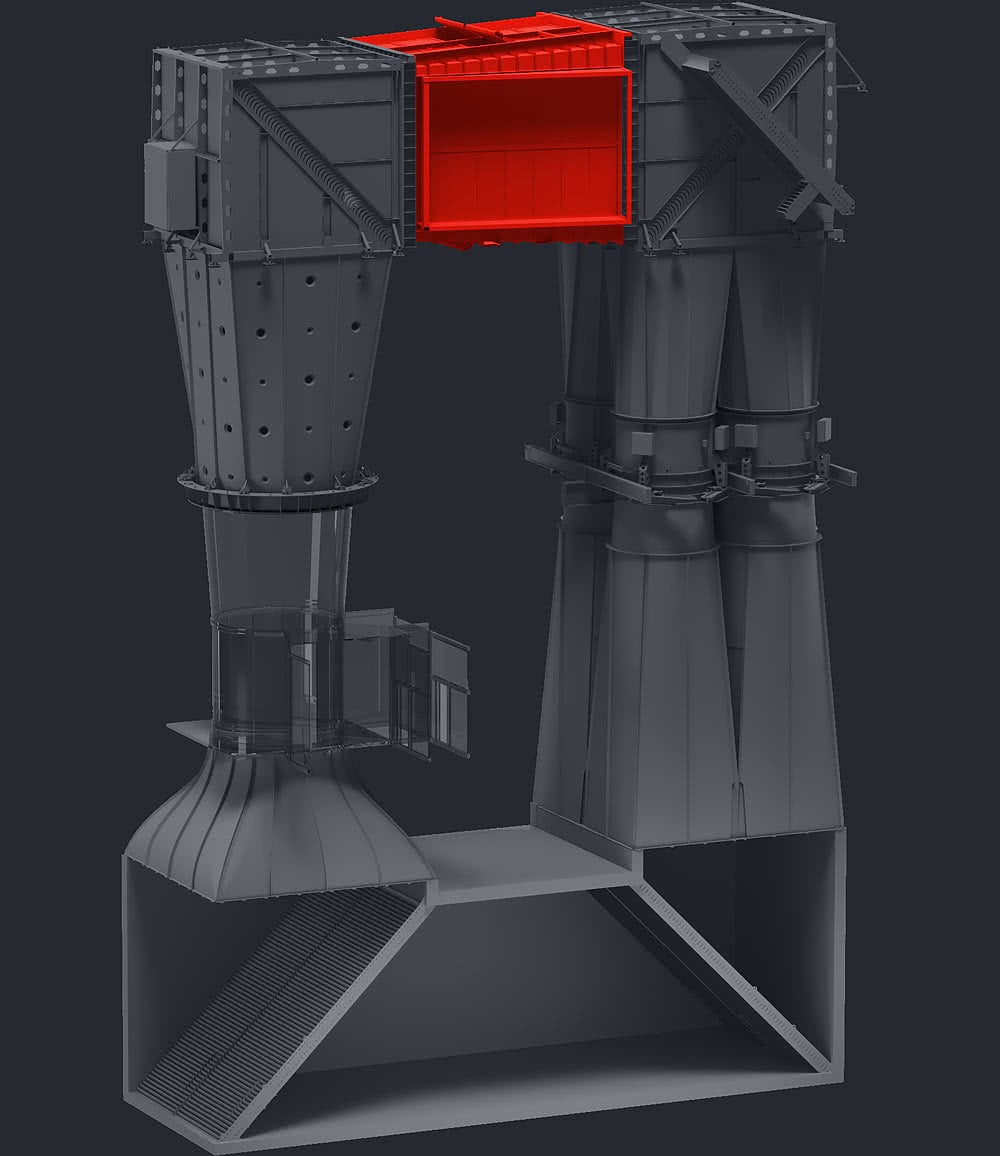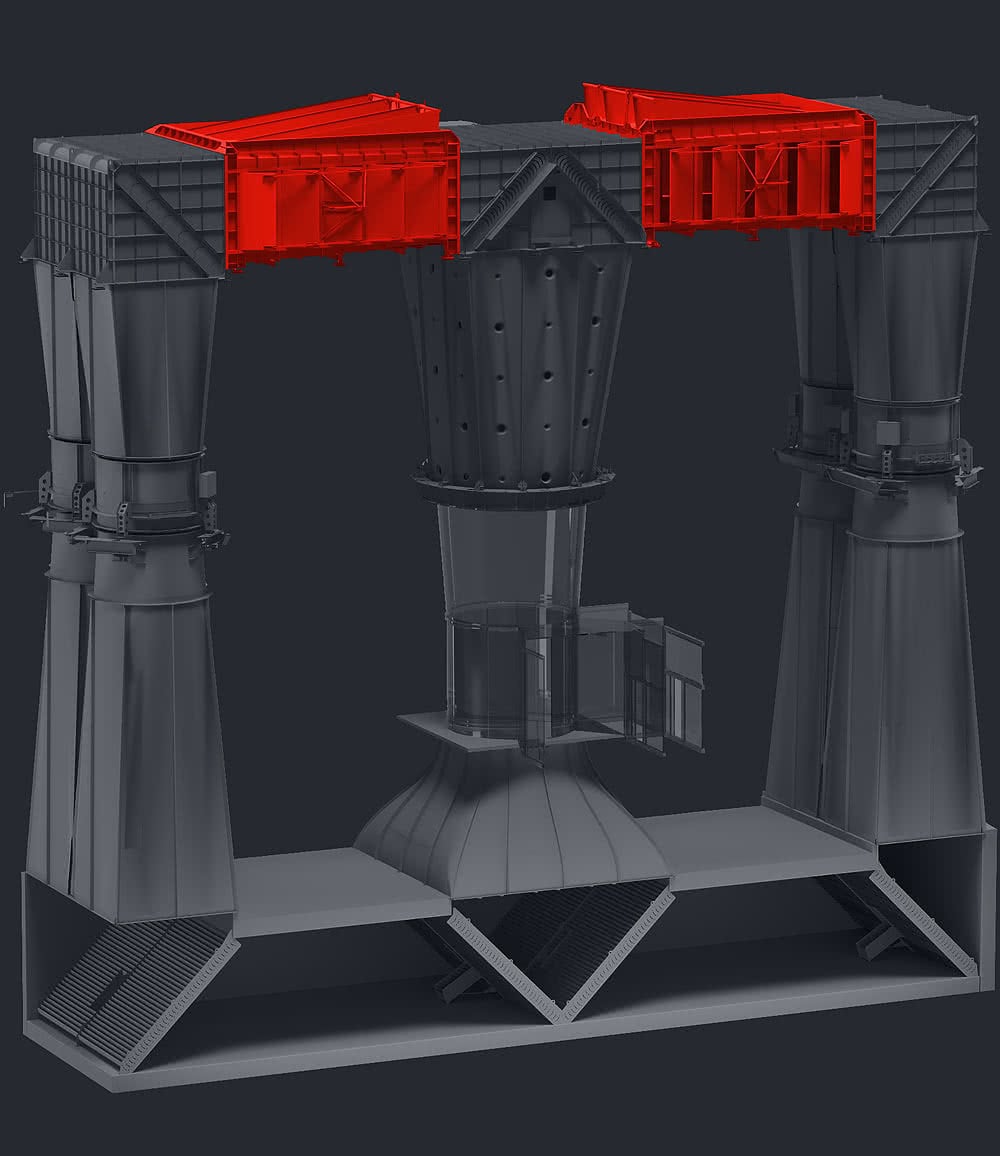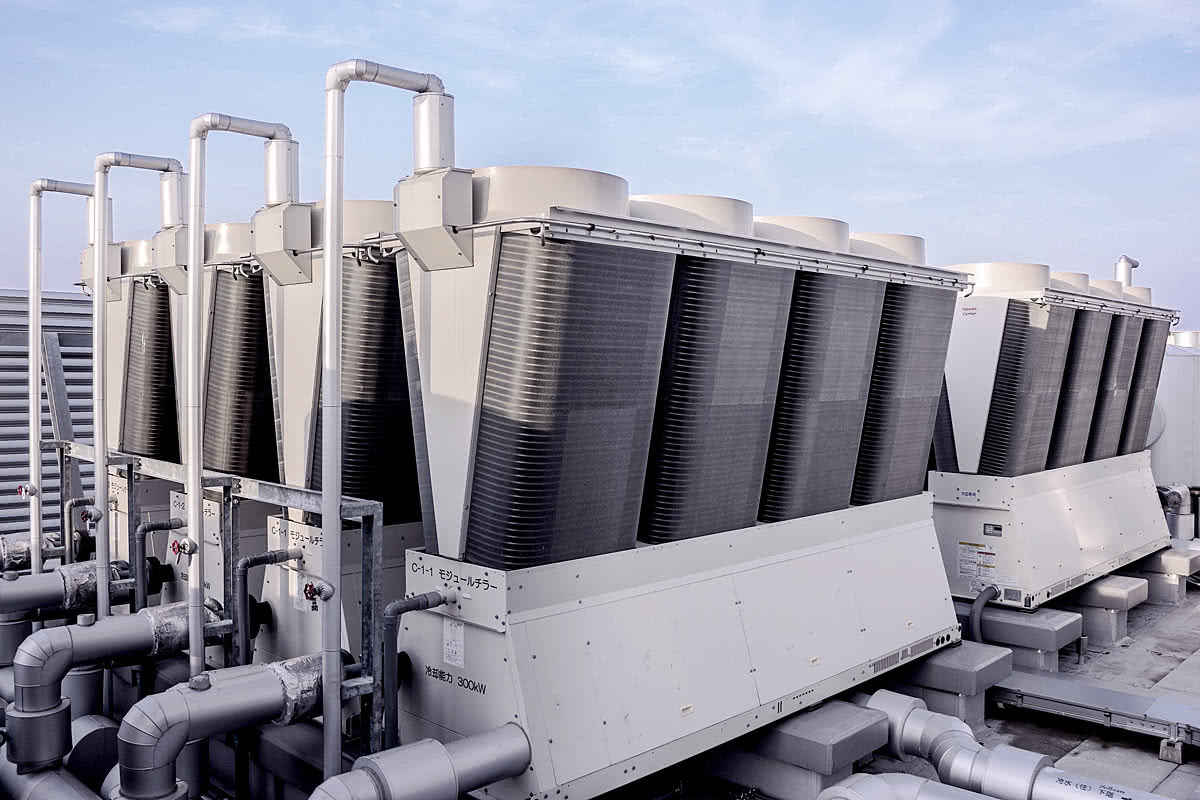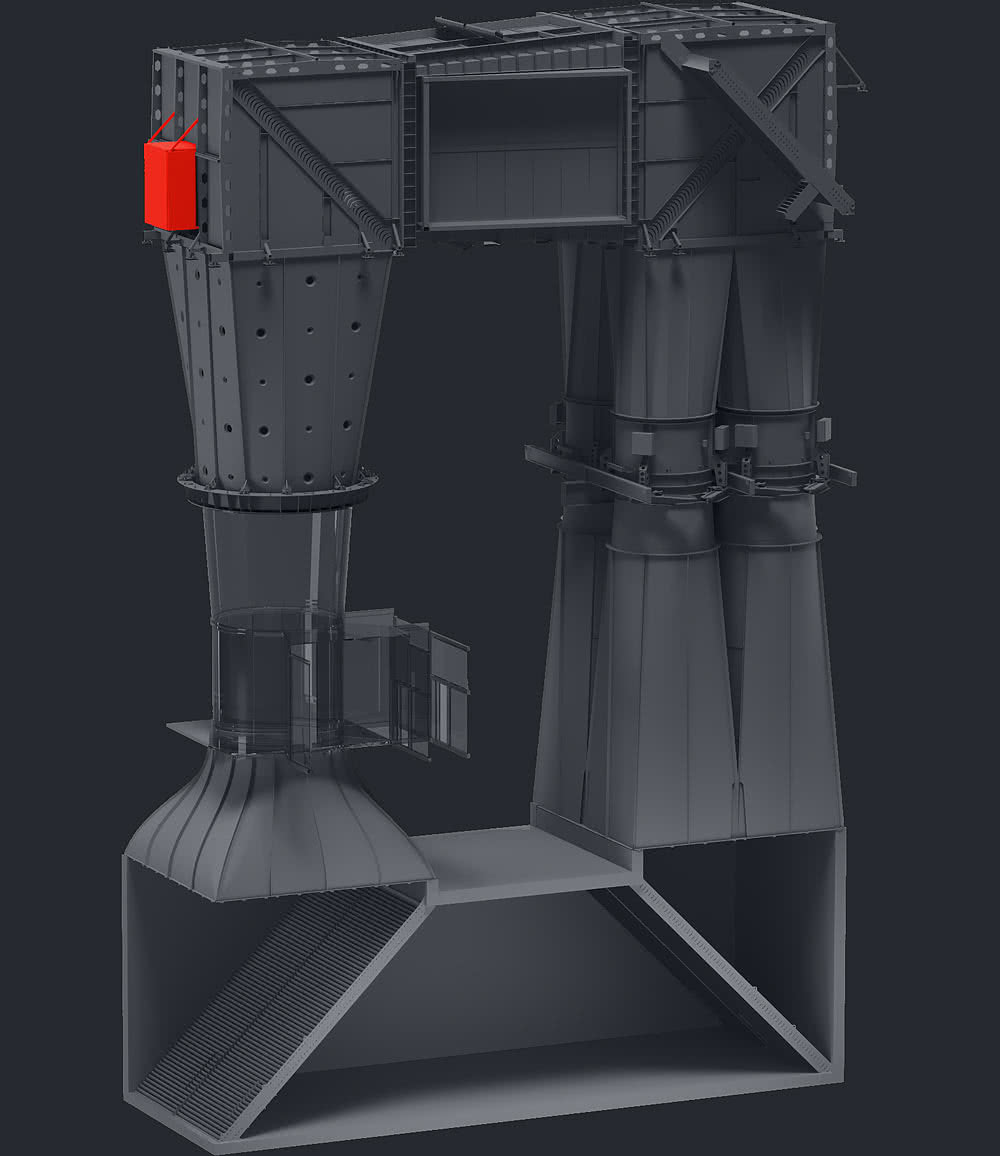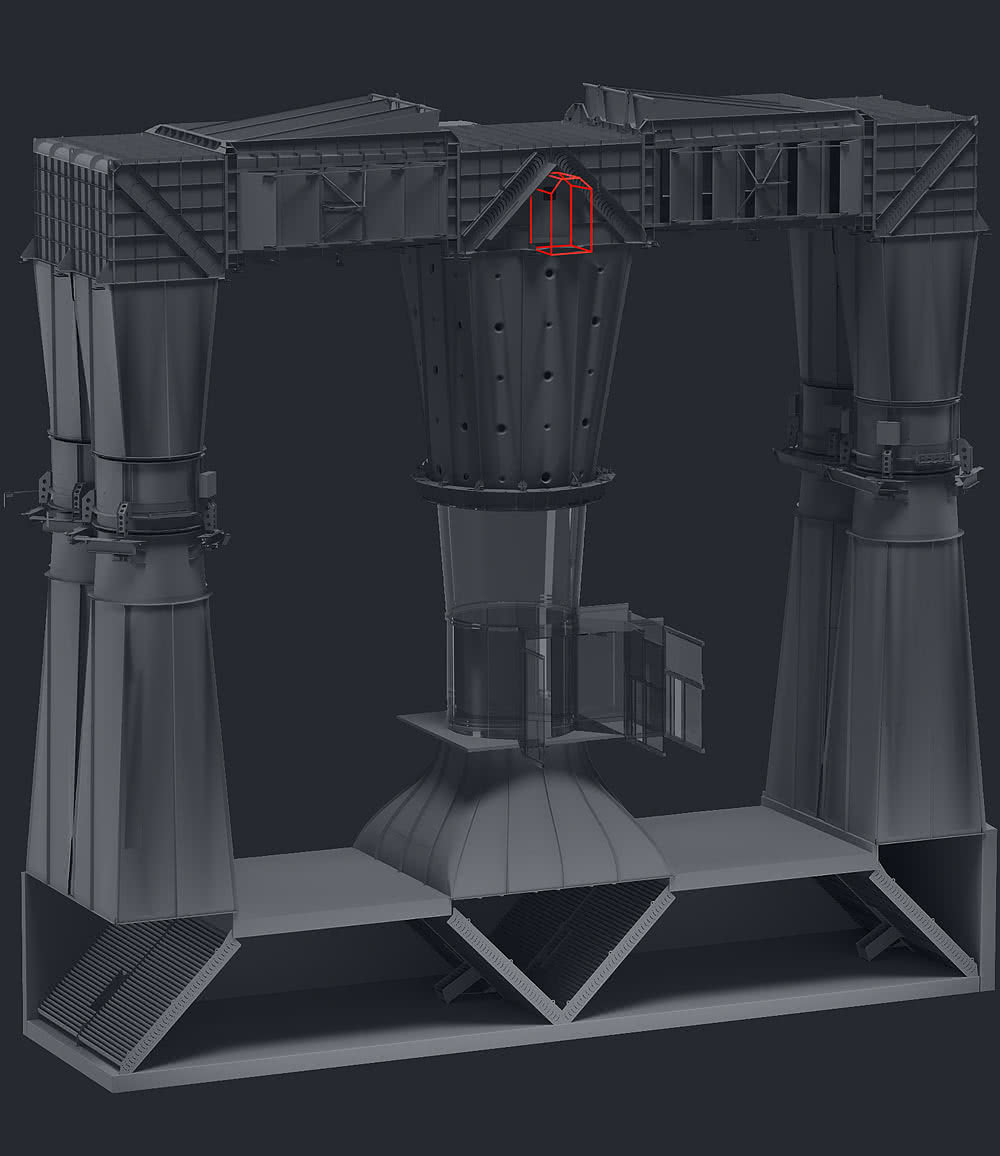Flight chamber
Wind tunnel’s Flight Chamber is what visitors think of as a wind tunnel itself, a space where people fly. Striving to deliver highest levels of safety and comfort to fliers we rethought every part of the flight chamber
- Revolutionary safety net made of low-drag steel cables absorbs the impact force where it’s needed the most – at the outer edge of the flight chamber
- Padded entrance prevents traumatic injuries even during high-speed collisions and maintains even airflow in the chamber.
- TT signature conical glass frameless section, allowing for twice as much visible flying space with no compromise on safe speed reduction*
- Perfectly round multilayer noise-absorbing glass provides even airflow unlike polygonal flight chambers and noise-free experience for spectators.
Chamber height 24 m 79′
Glass height 8 m 26′
Minimum diameter 4.5 m 14’9″
Airspeed reduction * 2.12×
* Critical safety feature eliminating high-speed accidents possibility. Speed difference between the levels of Safety net and below 1-st turning vane
FRP Composite Airducts
Just like every exceptional sailboat is built around perfect streamlined shape wind tunnel’s efficiency relies upon honed aerodynamic lines to guide unobstructed airflow from the motors to the flight chamber and back. For this simple yet challenging task we utilised hi-end technology proven by decades of racing speedboat design and construction.
Our FRP Composite Air Ducts made with highest degree of precision ensure smooth transitions between each part of the tunnel. Unlike metal and concrete FRP air ducts:
- Allow for more precisely shaped form and eliminate near wall turbulence - the primary cause of noise & vibration emissions, bringing wind tunnels to more demanding locations (e.g. shopping centres, or in proximity residential areas).
- Have sandwich structure absorbing sound waves rather than transmitting them down the loop and resulting in uncontrolled resonance peaks common for conventional air ducts, making flying pleasant and safe for children and staff.
- Improve overall aerodynamic design, therefore energy efficiency of the tunnel, significantly reducing operating costs and cooling expenses.
Turning Vanes
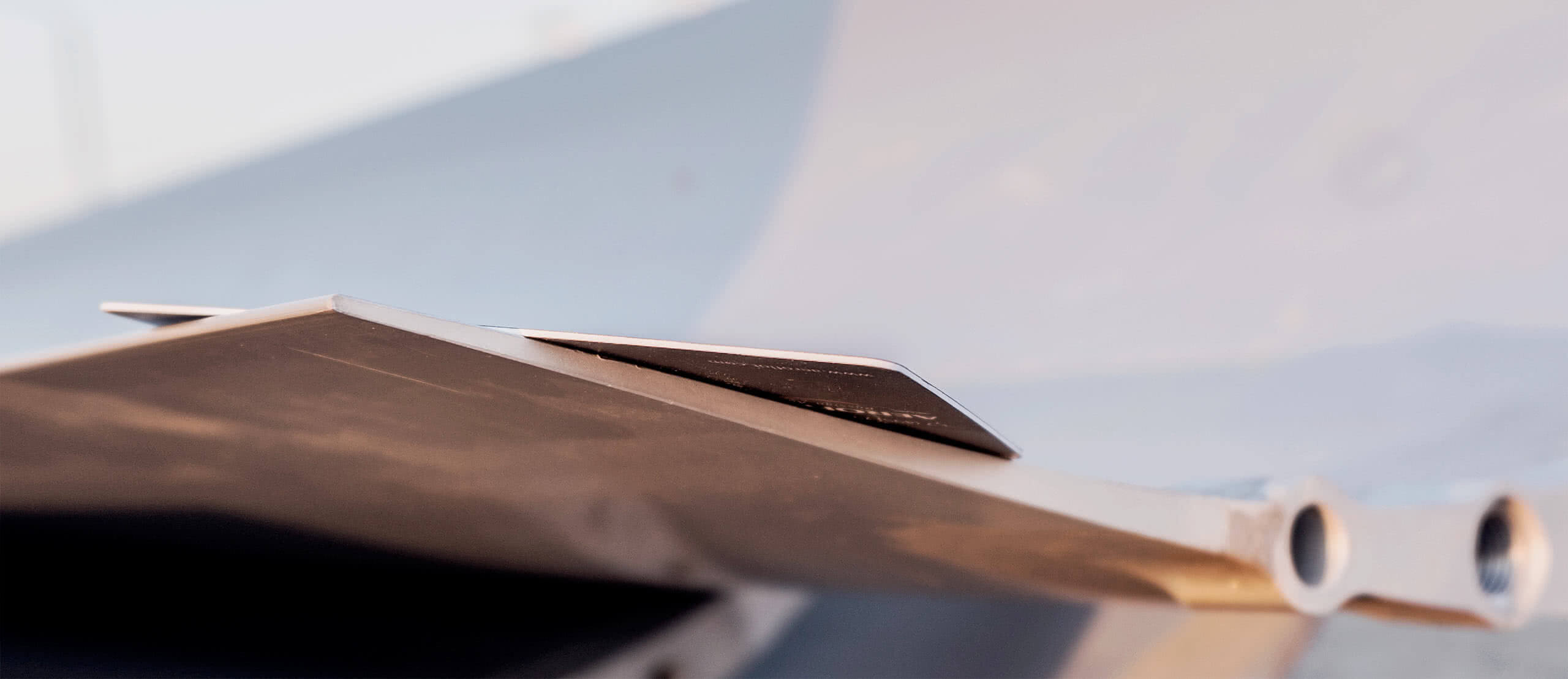
Climate Control
